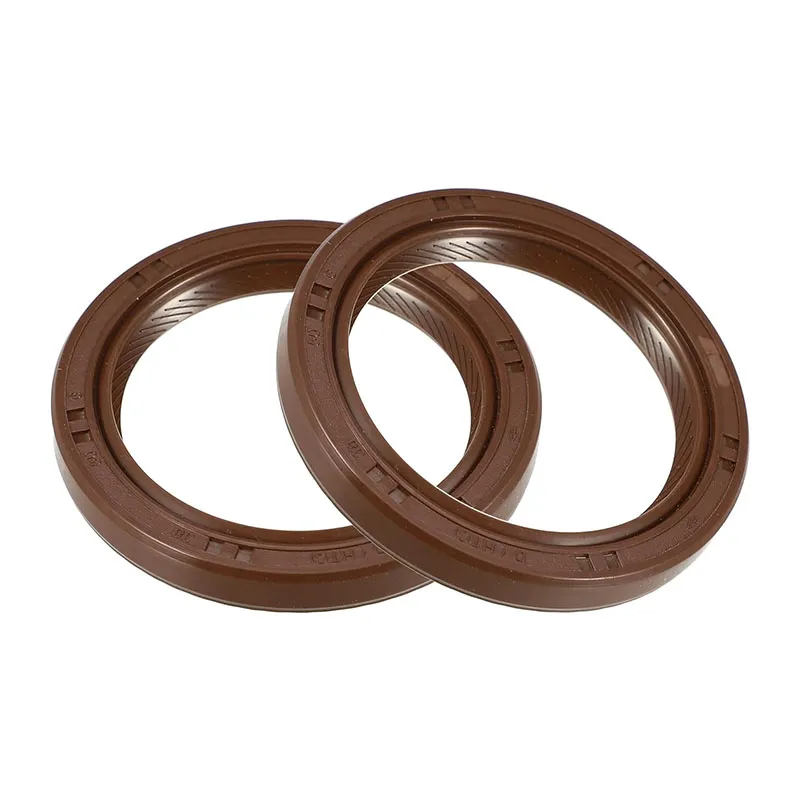Sealing Solutions for Transmission Back Components and Their Importance in Vehicle Performance
Understanding the Importance of Transmission Back Seals
Transmission systems play a crucial role in the operation of vehicles, serving as the bridge between the engine and the wheels. Among the various components in a transmission, the transmission back seal is often overlooked, yet it serves a vital function in maintaining the overall efficiency and longevity of the system. This article delves into the significance of the transmission back seal, its construction, functionality, common issues, and maintenance tips.
What is a Transmission Back Seal?
The transmission back seal, also known as the rear transmission seal, is located at the rear end of the transmission. This seal is designed to prevent fluid leakage from the transmission housing, thereby maintaining the necessary fluid levels for optimal operation. The seal is typically made of durable rubber or elastomeric materials that can withstand the high temperatures and pressures typically found in a transmission system.
The Functionality of the Transmission Back Seal
The primary function of the transmission back seal is to create a barrier that prevents transmission fluid from leaking out of the transmission case. This fluid plays a critical role in lubricating the moving parts within the transmission, allowing for smooth gear shifts and protecting components from excessive wear. Without a properly functioning back seal, fluid can seep out, leading to a range of issues that can affect vehicle performance.
Common Problems Associated with Transmission Back Seals
Over time, transmission back seals can degrade or become damaged due to various factors including heat, pressure, and exposure to contaminants. Here are some common problems associated with transmission back seals
1. Fluid Leakage The most apparent sign of a failing transmission back seal is fluid leakage. If you notice brown or reddish fluid pooling under your vehicle, it could be an indication of a compromised back seal.
2. Low Transmission Fluid Levels If the back seal is leaking, it can lead to low transmission fluid levels, which can cause erratic shifting and other performance issues. Low fluid levels can also result in overheating, which can significantly damage the transmission.
transmission back seal

3. Increased Wear and Tear A damaged seal can allow dirt and debris to infiltrate the transmission, leading to increased wear on internal components. This can shorten the lifespan of the transmission as a whole.
4. Transmission Overheating Without adequate transmission fluid, the system cannot maintain optimal temperatures. Overheating can cause severe damage and, in extreme cases, complete transmission failure.
Maintenance Tips for Transmission Back Seals
To ensure the longevity and optimal performance of your transmission, it's essential to take care of the back seal. Here are some maintenance tips
1. Regular Fluid Checks Regularly check your transmission fluid levels and look for any signs of leakage. If you find fluid under your vehicle, investigate the source immediately.
2. Fluid Change Interval Follow the manufacturer’s recommendations for fluid change intervals. Old or contaminated fluid can deteriorate seals faster than fresh fluid.
3. Visual Inspections During routine maintenance, visually inspect the transmission back seal for signs of wear, cracks, or damage. If you spot any issues, consider replacing the seal before it leads to more severe problems.
4. Professional Servicing If you suspect any issues with your transmission or back seal, don’t hesitate to consult a professional mechanic. They can diagnose potential problems and recommend necessary repairs or replacements.
Conclusion
The transmission back seal may seem like a minor component in the vast network of a vehicle's transmission system, yet its role is critical to the overall health of the transmission. By understanding its function and being attentive to the signs of wear and potential issues, vehicle owners can ensure that their transmission remains in peak condition. Regular maintenance and timely intervention can save drivers from the more severe consequences of transmission failure, underscoring the importance of this small yet crucial seal.
-
The Ultimate Guide to Boat Propeller Bearings and Trailer Wheel Bearings
News Jul.31,2025
-
The Essential Guide to Marine Bearings and Boat Trailer Wheel Bearings
News Jul.31,2025
-
The Complete Guide to Heavy Duty Seals: Protecting Doors and Spaces Efficiently
News Jul.31,2025
-
Essential Guide to Marine Shaft Bearings and Boat Trailer Axle Bearings
News Jul.31,2025
-
Comprehensive Guide to Marine and Trailer Bearings for Safe Boating and Transport
News Jul.31,2025
-
Comprehensive Guide to Automotive Oil Seals: Protecting Your Engine and Shafts
News Jul.31,2025
-
Understanding Automotive Oil Seals: Essential Components for Engine and Shaft Protection
News Jul.30,2025
Products categories















